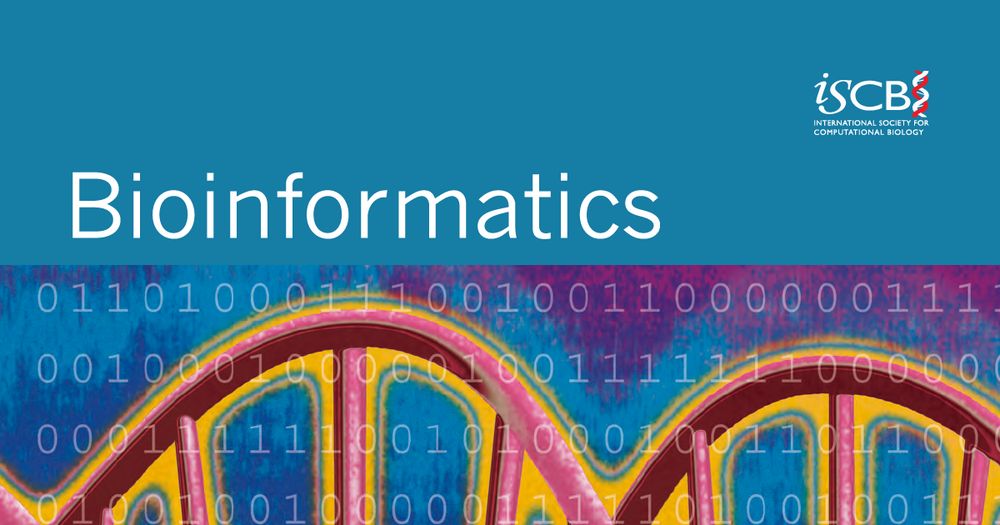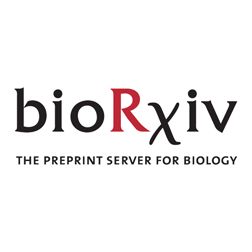Sampling Microbial Dynamics in the Salish Sea Estuary: Evaluating Methods to Capture Cyanobacteria and Cyanophage
Picocyanobacteria from the genera Prochlorococcus and Synechococcus thrive across the globe in aqueous environments, have relatively small genomes, and have growth dynamics regulated by both viral interactions and abiotic conditions, making them excellent model organisms for exploring host-pathogen coevolution. The Salish Sea, located in the Western coastal waters bordering the USA and Canada, is at the current northern boundary (defined by Prochlorococcus versus Synechococcus prevalence ratios) of the range of Prochlorococcus. Predictions suggest that this boundary will shift as warmer waters move northward, providing an excellent system to study host-pathogen dynamics and coevolution in a changing environmental context. In preparation for such studies, we developed and refined methods to sample and sequence cyanobacteria, cyanophages, and their abiotic environment. In addition to basic methodological questions focused on the physical sampling, filtering, viral precipitation, DNA extraction, and technical replicability, we explored how well our filtering and extraction protocols enrich for our main target, picocyanobacteria. The protocol described herein can successfully discriminate large-cell eukaryotic organisms, but size fractionation of picocyanobacteria appears to be affected by the presence of free DNA, multicellular structures, and abundant tycheposons. Our preferred final protocol at the conclusion of these experiments based on yield and processing time is presented. We recovered substantial Prochlorococcus, Synechococcus and amoeba-like sequences in most samples, and preliminary exploration of relative taxon sequence read recoveries across locations, over time, and tidal conditions are also discussed. Approaches described here may be useful to other efforts such as harmful algal bloom monitoring, species isolation and enrichment, water quality assessments, anti-viral discovery, and understanding picocyanobacterial population changes over space and time. ### Competing Interest Statement The authors have declared no competing interest. Office of Biological and Environmental Research, 81832 Office of Science, DE-AC05-76RL01830 Department of Energy, DE-AC05-76RL01830







































